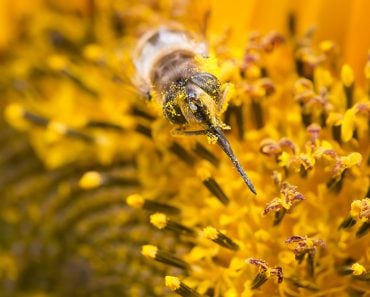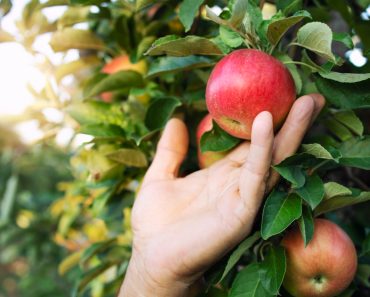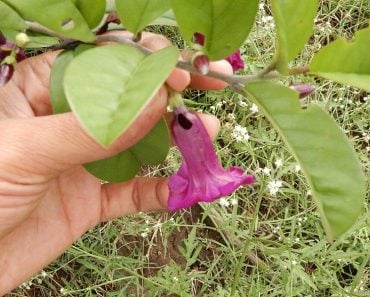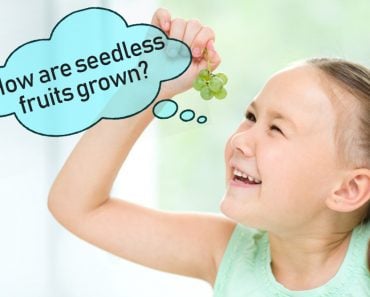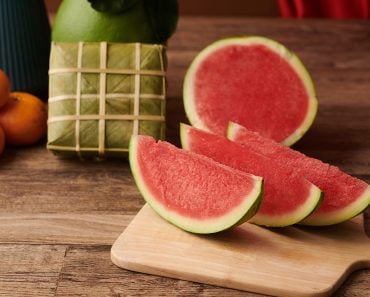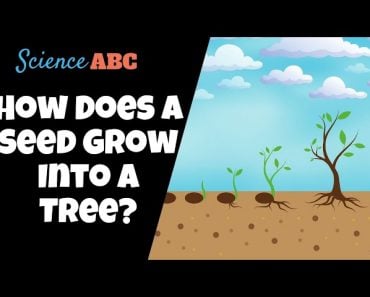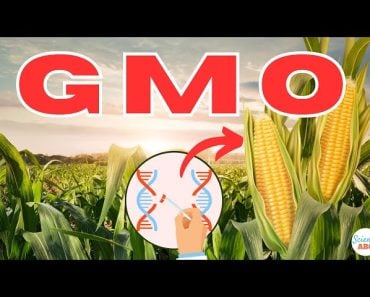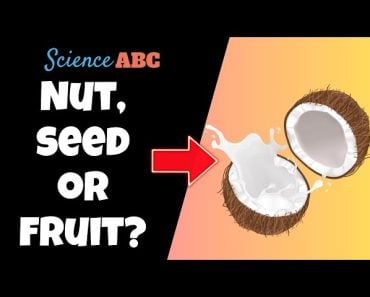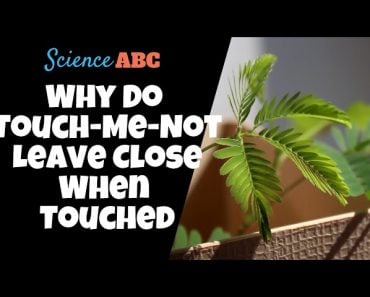Table of Contents (click to expand)
Most bisexual plants have mechanisms that prevent self-fertilization, such as self-incompatibility and male sterility. It gives them an advantage of diversity to survive in their ever-changing surroundings.
Apples, plums and sweet cherries have another thing in common, aside from their delicious taste. They’re all bisexual! All three of these plants carry the male (stamen) and female (pistil) reproductive parts within the same flower. As soon as the female is ready for fertilization, it can find pollen on its doorstep. That sounds like a hassle-free life without worrying about attracting pollinators.
However, these bisexual plants unexpectedly avoid the convenient task of self-fertilization!
Certain plants use simple methods, such as placing their pistil and stamen within the same flower at different heights. However, there is still a possibility of interaction between them, which can lead to fertilization.
Self-incompatibility is a plant system that leaves no option for gametic fusion between the same flower’s gametes. It leads to the failure of functioning pollen to fertilize its own flower’s egg cell and prevent fruit formation. Nearly 90% of the flowering population is bisexual, but many depend on pollen carriers, such as wind, water or insects to promote out-crossing.
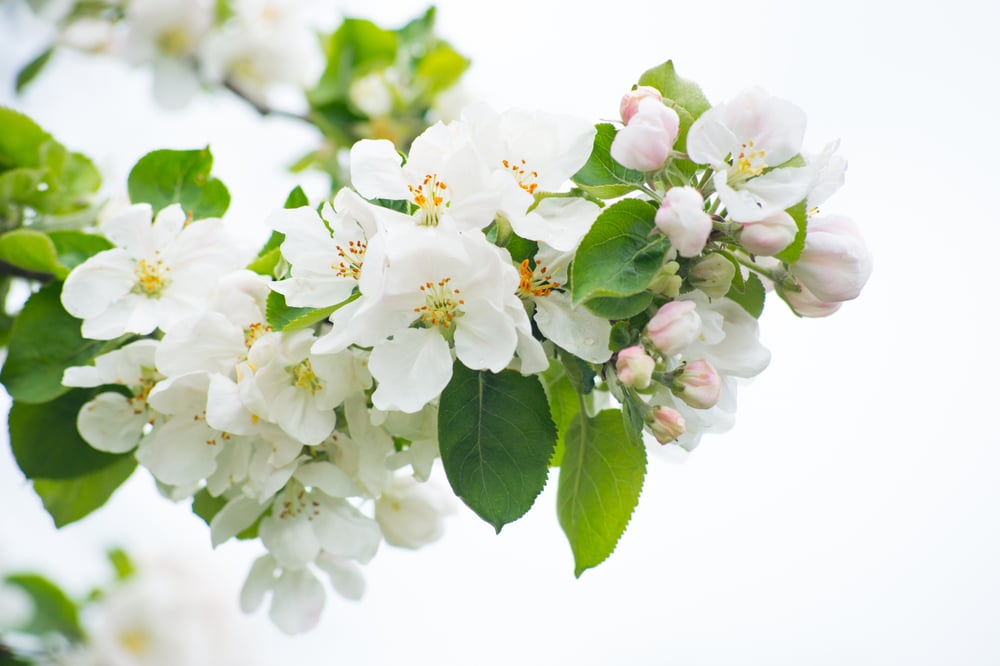
Let’s examine why these plants fail to produce fruit from their pollen, and if this avoidance benefits them.
Recommended Video for you:
Why Avoid Self-fertilization?
Bisexual plants don’t self-fertilize for the same reason that humans avoid mating with our sisters and brothers. Inbreeding stacks the lethal and not-so-fit recessive genes, which can impact the survival fitness of individuals.
Just like humans, most bisexual plants also face the wrath of inbreeding depression, if they completely rely on self-fertilization. Such a situation can result in a reduction in seed set, germination rate and overall fitness of plants.
At the genetic level, recessive or lethal alleles can be harmful. When plants inbreed, these lethal alleles have a higher chance of expression. The avoidance of self-fertilization ensures the masking of these deleterious genes.
At the same time, the plants’ surrounding environment isn’t stable. It keeps changing and requires plants to adapt to ever-changing phenomena. Outbreeding activity ensures diversity, thus providing a better chance for species survival in the case of environmental fluctuation.
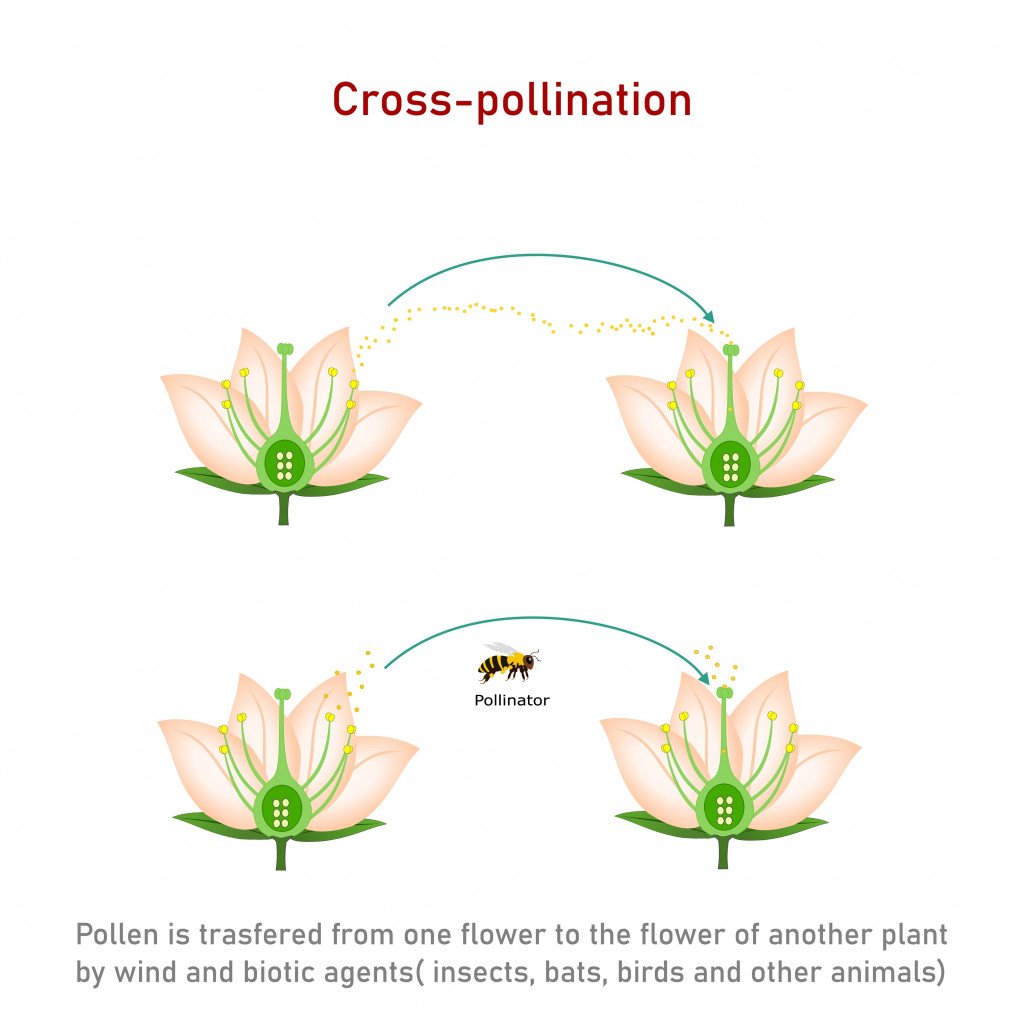
Types Of Self-incompatibility
We can find two types of bisexual flowers, based on their morphology, and each of them employs a different mechanism to detect pollen sources. They are as follows.
Heteromorphic System
The flowers from different compatibility groups share differences in morphology.
If you have ever paid attention to a primrose flower, you would find two types of flower arrangements. The one with a long pistil and a short stamen is called a pin-type flower, while the other, with a short pistil and a long stamen, is a thrum-type flower.
Fertilization is only successful between pin and thrum types; they fall into the compatible group. Any other contact between stigma and pollen, such as pin×pin or thrum×thrum, fails to produce embryos, because the plant recognizes it as the self-flower.
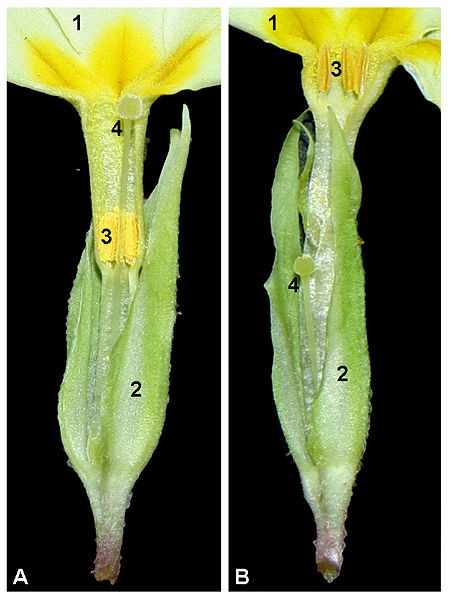
Homomorphic System
These plants bear morphologically similar flowers and the incompatibility is judged based on the genotype of the parent plant or the gamete itself.
Gametophytic self-incompatibility is dependent on the pollen (the gamete) genotype. The allele received by the pollen during meiosis determines their fate in the reaction with the pistil.
The gene for self-incompatibility is denoted by the letter ‘S.’ It has multiple alleles represented by numbers, such as S1, S2 and S3. For example, consider a female plant with S1S3 alleles and a male parent with a genotype for self-incompatibility as S1S2. The male parent will produces two types of pollen, S1 and S2. When pollination occurs between them, successful fertilization occurs only from the pollen grain with the allele S2.
Since the pistil and the other pollen share a similar allele, S1, the plant recognizes it as its own. The plant will then prevent the pollen from fusing with the egg cell. To simplify, S2 × S1S3 is a successful fusion event. In comparison, S1 × S1S3 fails.
Fruits like pineapples, plums, and cherries employ this system.
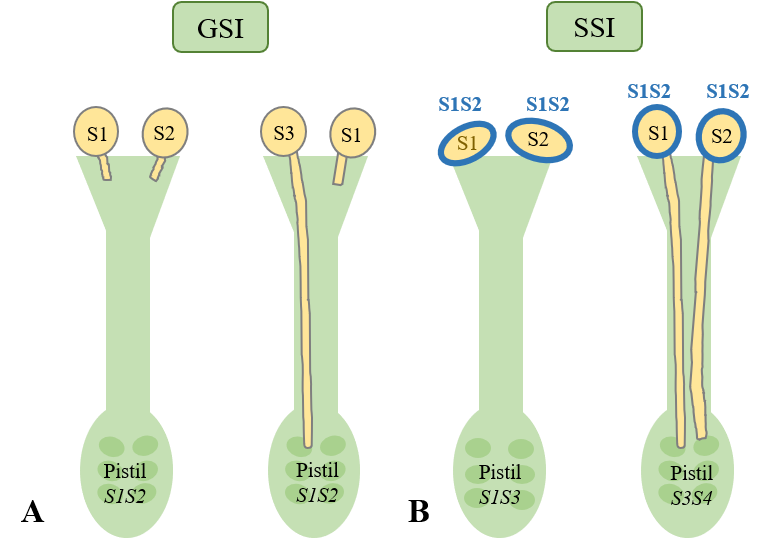
In the sporophytic system, the incompatibility is determined by the parent producing pollen, rather than the pollen (gamete) itself. Here, each pollen grain receives both functioning alleles.
Let’s take the same example as above. If a pollen of genotype S1S2 had pollinated a pistil S1S3, there would be a complete failure of fertilization. This is because the S1S2 plant produces all the same types of pollen with two alleles, and both of them get expressed when interacting with the pistil. Therefore, even a single matching allele would result in the rejection of pollen. In this present case, S1 is the matching allele.
The only successful embryo formation would be when the parents share all diverse alleles. An example of such a cross would be between parents with genotype S1S2 X S3S4.
This technique is dominant in the Brassica family, which includes cauliflower and cabbage. It is also found in fruits like mango.
Mechanism Of Pollen Rejection
Once the plant recognizes a self-pollen, the following reaction can occur. The flowers can release RNAases from the style to destroy the pollen’s RNA, which negatively impacts the protein synthesis needed for the growth of the pollen tube, and prevents the pollen from forming.
It can also alter mitochondrial functions. Since the pollen requires high amounts of energy to carry out swift gemination, any change in mitochondria cannot fulfill its energy requirements. Thus, this constricts its growth, leading to the failure of fertilization by pollen.
In some other cases, the stigma blocks the pollen from absorbing water. Since hydration is essential for pollen to germinate, it results in the failure of pollen germination.
Male Sterility
Some plants take extreme steps to avoid self-fertilization. In place of self-incompatible pollen, they may produce sterile pollen. This means their pollen is entirely non-functional and cannot fuse with another plant’s eggs. They can only produce fruits or seeds when pollinated by another plant’s fertile pollen. This sterility can be a result of nuclear or cytoplasmic genes.
In addition, temperature affects some kinds of male sterility.
We know that certain rice varieties produce male flowers between 21-28°C. However, at temperatures higher than 30°C, the stamens of those same flowers are sterile.
Conclusion
About 14% of plants predominantly depend on self-fertilization for reproduction. The assurance of a seed set is the significant advantage of self-replicating. These plants lag behind self-incompatible plants in terms of genetic diversity, but strictly selfing plants also become male sterile in certain circumstances.
One such case is when these plants face stressful environmental changes, such as heat or fire, which also promotes contact with foreign pollen. Ultimately, diversity assurance is as critical as reproductive assurance for any species to survive, regardless of how that diversity is achieved!
References (click to expand)
- Self-incompatibility a Mechanism for Controlled Pollination in .... ijcmas.com
- , S. R., ., B. P. M. S., ., B. M., ., B. C. V., & ., M. I. A. (2006, April 15). Characterization of Thermo Sensitive Genetic Male Sterile Lines for Temperature Sensitivity, Morphology and Floral Biology in Rice (Oryza sativa L.). Asian Journal of Plant Sciences. Science Alert.
- on monoecious plants and bisexual flowers. The University of Washington
- van Ginkel, M., & Flipphi, R. C. H. (2020, March 3). Why Self-fertilizing Plants Still Exist in Wild Populations: Diversity Assurance through Stress-Induced Male Sterility May Promote Selective Outcrossing and Recombination. Agronomy. MDPI AG.
- Advances in Botanical Research | Book series. ScienceDirect
- Lecture 12: Plant Sex. M
- Self-incompatibility - Plant Physiology I. The University of Kentucky

